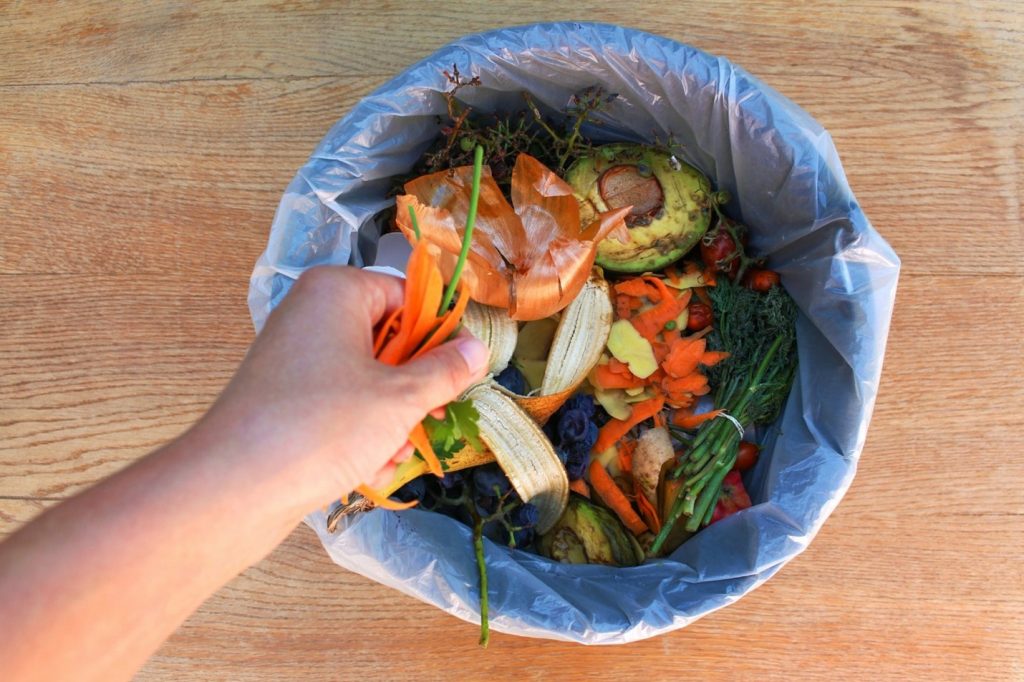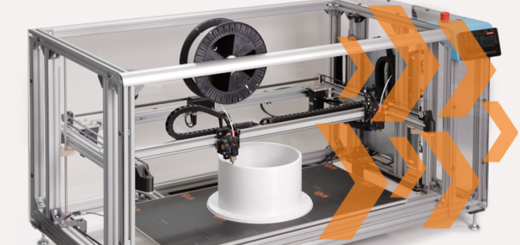Can Robotics Save the Food Industry?
By Jared Worth
The global food supply chain is facing numerous threats. From widespread shortages of employees, climate change turning once fertile land non-arable, the war in Ukraine threatening grain production, and global food waste sitting at about 30%1, there’s a growing concern of an impending food crisis. Thankfully, however, automation offers ways to counteract some of these threats and revolutionize the food industry along the way.
1 Source: FAO of the United Nations
Resource Management
An oft overlooked aspect of agriculture is resource management. No matter the type of food, resources are spent to plant, cultivate, harvest, transport, and sell it. Finding ways to eliminate the waste of these resources–primarily water and electricity–would go a long way towards reducing the environmental impact of food production. That’s where smart grids come in. By establishing a system of smart utility meters via IoT (internet of things), software can constantly monitor and compile resource usage and even adapt on the fly to optimize resources and prevent waste.
Robotic Farming
Robots can be implemented all across the food supply chain, but one of the most radical applications is in farming. The use of robots allows for the possibility of “vertical farms” (aeroponics), which are indoor farms that make use of high-rise buildings to expand vertically rather than horizontally. Nutrient-rich water is delivered directly to the roots of plants as opposed to a more traditional irrigation system. This can save on both resources and space, but requires special machines/robots to implement. Nonetheless, aeroponics is just the innovation farming needs to become sustainable long-term, while also greatly increasing yields.
Worker Safety

Covid is still impacting the world at large to this day, especially in industries where close contact is essential. The food industry not only has to contend with this, but foodborne illnesses as well. These factors can see employees missing large swathes of time, costing time and money. Robots can help alleviate this issue, as they can take over simpler tasks such as pick and place tasks or unloading shipments. Delta robots and gantries are the standard when it comes to automating these tasks for the food industry. RFID tags and vitals sensors can also be used to keep track of workers and monitor any changes to vital signs, ensuring a swift response to any adverse changes.
Product Quality
Human error is unavoidable. No one’s perfect, and mistakes happen. When those mistakes take place in the process of food production, it has a much larger impact than it would in other industries. Damaged or contaminated products typically have to be thrown out to prevent the spread of foodborne illness. Being able to eliminate human error would save time and money, not to mention improve the quality and consistency of the food itself. Robots are the key to this as they aren’t prone to the same mistakes as humans, while often working faster and more efficiently as well.

In cases where linear bearings are used–for example, in linear robots such as gantries–special care needs to be taken to avoid contamination of food via lubricants/grease. However, eliminating lubricants altogether is the ideal solution, and one that’s possible thanks to igus®. FDA-approved iglide® bearings are available and, as is the case with most igus® products, the bearings are self-lubricating and maintenance-free, making them the perfect solution for food industry automation.
Robot Collaboration
Robots can do more than just assist with the early stages of food production. Collaborative robots–otherwise known as cobots–are robots capable of safely working in tandem with humans to handle repetitive tasks, allowing human workers to focus on more complicated tasks. Cobots are easy to program and offer the flexibility to be moved and repurposed if the need arises. Because of this, they can be used all across the industry, from preparing and serving food to more complicated pick-and-place tasks where package size and shape can vary.

Looking for assistance with automation solutions? Contact our drylin team through our contact form, or call us at (800) 965-2496.



